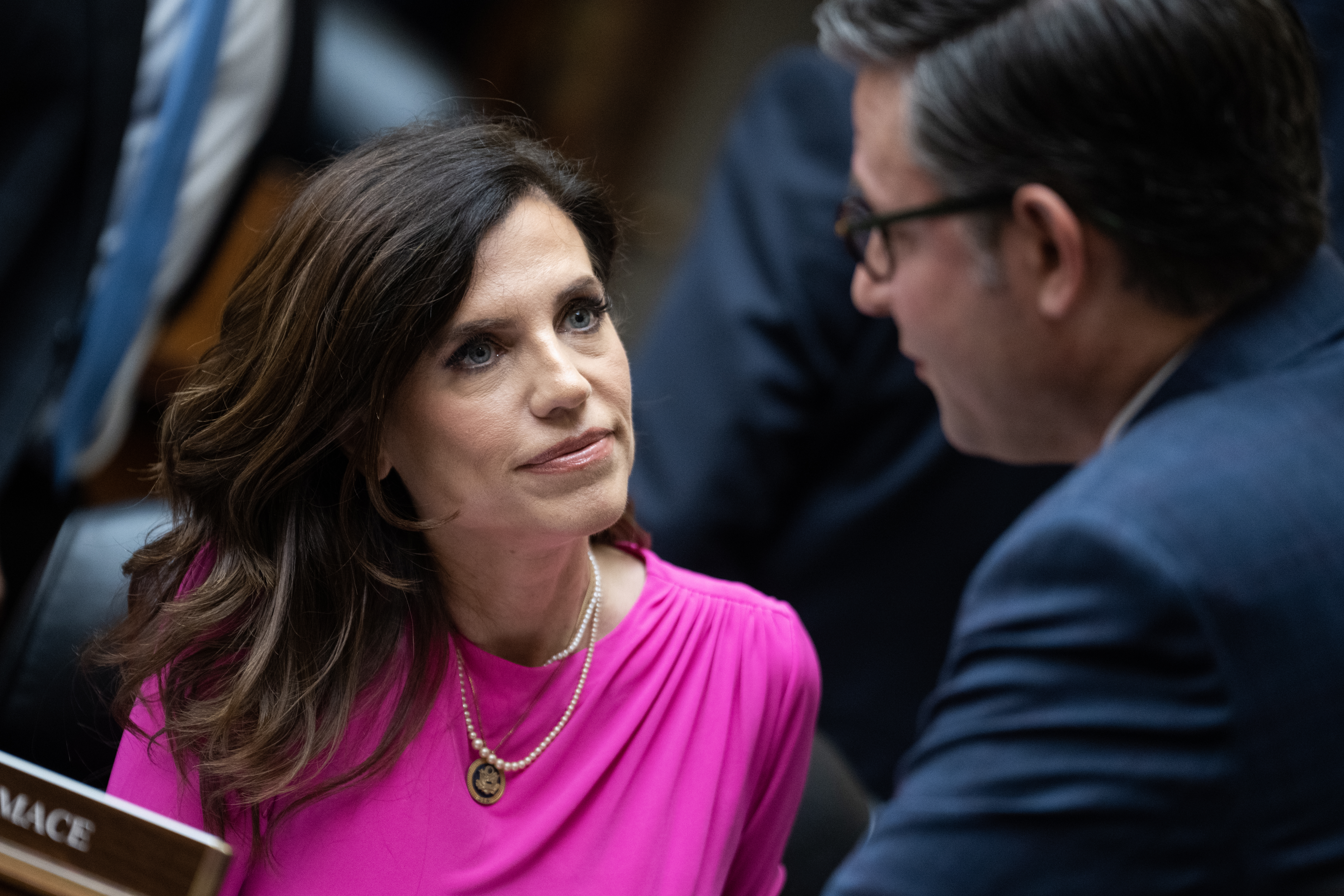
Vivek Ramaswamy and Elon Musk's new effort to increase government efficiency could initially target the nearly two-thirds of federal workers who are still approved to work from home 18 months after the pandemic ended.
Vacant federal office space in downtown Washington is costly to maintain and a deep source of frustration to Mayor Muriel Bowser. She told reporters last week that she had requested a meeting with President-elect Donald Trump and that top on her agenda is pushing federal workers to return to downtown Washington.
“How we can make sure that our federal workforce is back to work is one big thing,” Bowser said, adding that she wants a partnership with the federal government to bring “vibrancy back to our town.”
According to the Office of Management and Budget, telework-eligible federal workers are in the office 60% of the time and about 10% of all workers are fully remote. All told, the U.S. has roughly 2.2 million federal workers.
We've got the news you need to know to start your day. Sign up for the First & 4Most morning newsletter — delivered to your inbox daily. Sign up here.
After Trump's election victory, Ramaswamy told Tucker Carlson that he wanted to take a “jackhammer and a chain saw” to the federal government, starting by forcing civil servants to return to work.
“They don’t go to work,” he said. “You don’t even have to talk about you’re in a mass firing, a mass exodus. Just tell them they have to come back five days a week from 8 p.m. to 6 p.m.”
Ramaswamy predicted that would lead to a “25% thinning out of the federal bureaucracy right there.”
Politics
Political news from the U.S. Capitol, White House and around Washington, D.C., Maryland and Virginia
Jacqueline Simon, policy director for the American Federation of Government Employees, the union that represents more than 700,000 workers, said more than half of federal jobs don’t qualify for working from home.
She also argued that Ramaswamy and Musk’s claims are exaggerated.
“This includes all the health care workers at VA hospitals and clinics and corrections officers at the Bureau of Prisons," she told NBC News. "And Border Patrol agents and federal air marshals and people who inspect slaughterhouses and meat processing plants."
With fewer people in the office, the cost of excess federal office space has become a concern. Last year, the Government Accountability Office concluded that 17 of the 24 largest federal agencies used on average only 25% of their office space.
For the Education Department, which is at the top of Musk and Ramaswamy’s list for elimination, the use rate was even lower, at 16%.
As of August, 98% of Education Department employees were eligible to work from home and more than half were working remotely, according to the OMB. One of the agencies with the lowest office use rates, only 9%, was the federal government’s human resources agency, the Office of Personnel Management.
Simon said allowing some workers to partially work from home helps the federal government recruit and retain a talented workforce that, despite lower pay, has to compete with the private sector.
In August 2023, in a push to get civil servants back in the office, President Joe Biden required all federal workers to spend at least half of every two-week pay period in the office.
Ironically, the federal government encouraged working from home long before the coronavirus pandemic. After the 9/11 attack in 2001, President George W. Bush saw it as a way to ensure workers could stay online and work during emergencies.
In 2004, a little over 750,000 federal workers were eligible to work from home. Since then, the figure has nearly doubled to 1.3 million.
This article first appeared on NBCNews.com. Read more from NBC News here:



